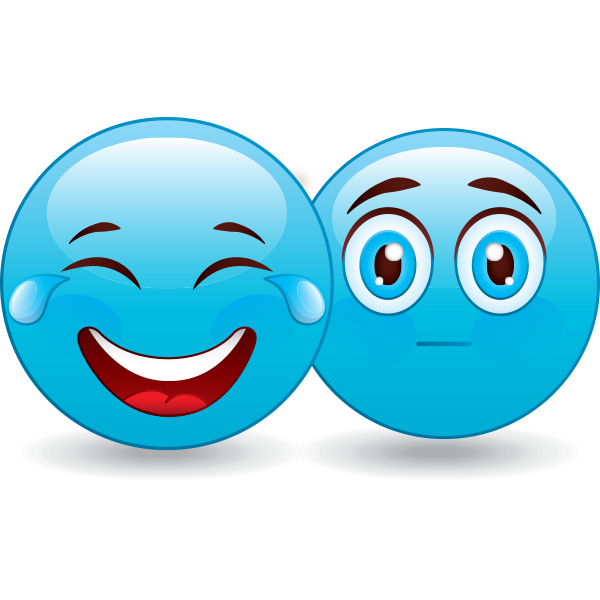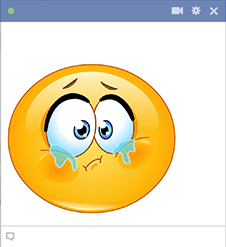
Why so? Well, reacting with a reaction emoji takes an extra step which a user needs to take in order to show their emotion. In 2017., Facebook had finally confirmed the rumor that Facebook reactions have an actual impact on how your newsfeed is updated. How do they impact the Facebook algorithm? Available emotions are quite different from each other, so you won’t really have a dilemma between choosing love or angry emoji as your reaction. You can only add one type of reaction per post. There, you can easily choose the best fitting emoji to the post you want to react to. You just need to hold down the Like button. The good thing was that the new Facebook reactions function precisely the same as Likes. Even so, people wanted a way to express feelings on Facebook without writing a comment. Some tragic life events like deaths, break-ups or other situations that people often share on their profiles just weren’t a likable content. This was a well needed Facebook innovation. The emojis include six different emotions: Love, Ha-ha, Wow, Sad, Angry, and, the classic Like.
Symbols to make a crying face for facebook full#
A full spectrum of emojis with which you can react to any Facebook post, comment or, added later, a friend’s inbox message. Considering public opinion, Facebook assigned a special team for this task. Reactions were first released as a response to many pleads directed to Facebook to include a ‘’dislike’’ or a ‘’thumbs down’’ button in its newsfeed. In it, they made an informative list of the biggest Facebook and Instagram updates from 2018. If you want to find out more about changes made on Facebook and Instagram throughout the years read a great article about Facebook algorithm changes by Ballantine. They now impacted its newsfeed algorithm. Since that long gone 2016., Facebook reactions have not only stayed on the platform. You may ask why are we talking about 2016.? Well, we wanted to emphasize how much the situation has changed in the last two or so years. All the other interaction was made through Likes, shares, and comments. Their primary choice of reacting to newsfeed content was still a familiar ‘’thumbs up’’ or a ‘’Like’’.Īccording to the research done by Quintly in 2016., only 2.4% of all interactions with content was through the new Facebook reactions emojis. People haven’t used the new emojis a lot. However, the first public reaction was not as great as planned.

Facebook reactions were added to the News Feed in the form of emojis, as a long-awaited alternative to the famous Facebook ‘’Like’’ button. Use them to destroy ambiguity and help your friends experience your text as you want.Back in February 2016.
Make your own cool text emoticons (also known as kawaii smiley faces and text emoji faces from symbols) or copy and paste from a list of the best one line text art smiley faces. But the tune is in your mind and your hands, not inside the tool you use to play it. Instruments that musicians play are different.

Great artists do it, great artists, like scientists, discover new ways and tools to do it, it's an art. It shouldn't come at you as a trivial task. And making people emotionally understand others in new ways is an art. Maybe, it's different from mine and I don't want to impose my view of things upon you.īut the concept I see there is making others genuinely feel as you will them to. Only read this after you have figured out the answer for yourself. Hiring a visual artist is definitely not the practical thing to do mundanely. If a poet is making a book where he wants to display some body language visually, he usually would hire a painter to paint some scenes and do an even better job than emoticons would.īut think about an occasion when you're texting a message to someone. (─‿‿─) Even as for great writers, most only use plain text. It's definitely not an easy question, but no, I'm not trying to confuse you and say that they all use cute text emoticons. What makes people great painters, great actors, or great poets?


 0 kommentar(er)
0 kommentar(er)
